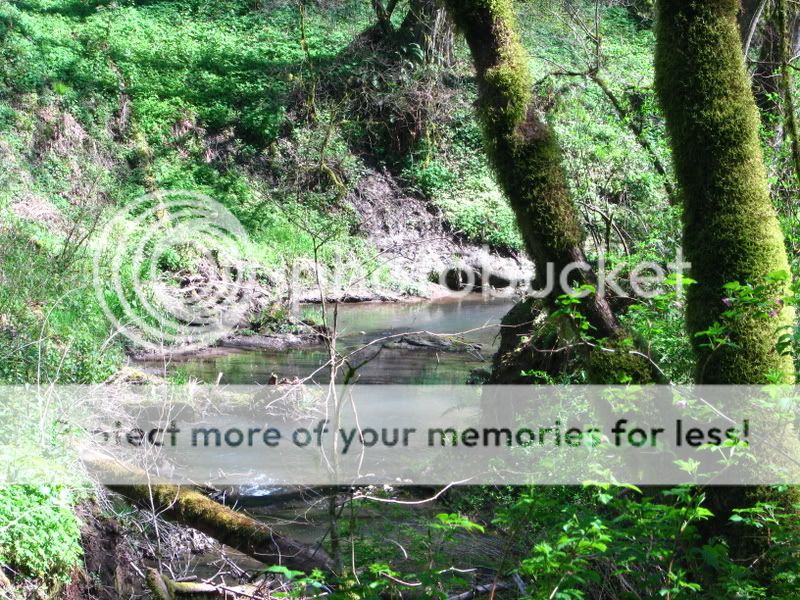jcolman
TPF Noob!
- Joined
- Feb 15, 2008
- Messages
- 200
- Reaction score
- 8
- Location
- Raleigh NC
- Can others edit my Photos
- Photos OK to edit
Forget just about everything that has been posted. This is a simple fix.
1. Use a tripod. Use the self timer or a cable release. Use mirror lockup if you're shooting with a telephoto lens. Hand holding a camera is probably the most common cause of unsharp pictures.
2. If it's really sunny, set camera to f/16 and shutter speed to 1/100 sec and iso to 100.
3. If it's cloudy or late afternoon, take a meter reading off your hand or grey card. Set aperture to f/11 and set shutter speed to whatever your meter tells you.
4. No matter what method you use, to insure a correct exposure bracket your exposures by a half stop in either direction. Then do another bracket by a full stop in either direction. Or, use the "white towel" method. Put a white towel in the shot and take a picture. Adjust exposure via shutter speed until the white towel just clips in your histogram.
5. Pick a better time of day to shoot when the sun isn't directly overhead.
6. Set focus to about 20-30' If there is nothing 20-30' of interest, then set focus to infinity. Read up on "hyperfocal distance"
7. Compose your shot so that you have something really interesting in the frame. Look up "rule of thirds" on tips for composing.
8. To make your shots "pop" use a polarizer filter or graduated ND filter to control the sky. Also, set your camera to "Landscape" mode if it has this setting. To make your shots REALLY pop, shoot in RAW and do some post processing in PS, Lightroom, or another program.
1. Use a tripod. Use the self timer or a cable release. Use mirror lockup if you're shooting with a telephoto lens. Hand holding a camera is probably the most common cause of unsharp pictures.
2. If it's really sunny, set camera to f/16 and shutter speed to 1/100 sec and iso to 100.
3. If it's cloudy or late afternoon, take a meter reading off your hand or grey card. Set aperture to f/11 and set shutter speed to whatever your meter tells you.
4. No matter what method you use, to insure a correct exposure bracket your exposures by a half stop in either direction. Then do another bracket by a full stop in either direction. Or, use the "white towel" method. Put a white towel in the shot and take a picture. Adjust exposure via shutter speed until the white towel just clips in your histogram.
5. Pick a better time of day to shoot when the sun isn't directly overhead.
6. Set focus to about 20-30' If there is nothing 20-30' of interest, then set focus to infinity. Read up on "hyperfocal distance"
7. Compose your shot so that you have something really interesting in the frame. Look up "rule of thirds" on tips for composing.
8. To make your shots "pop" use a polarizer filter or graduated ND filter to control the sky. Also, set your camera to "Landscape" mode if it has this setting. To make your shots REALLY pop, shoot in RAW and do some post processing in PS, Lightroom, or another program.




![[No title]](/data/xfmg/thumbnail/36/36666-189f65b1addbb68da2a43dc6f7206a01.jpg?1734169172)


![[No title]](/data/xfmg/thumbnail/36/36667-b3265abf8272f21d759a0abd6a0995c3.jpg?1734169172)

![[No title]](/data/xfmg/thumbnail/37/37624-7f9c9a5c8c7bcb5e62f67313e2e48dbc.jpg?1734170748)





